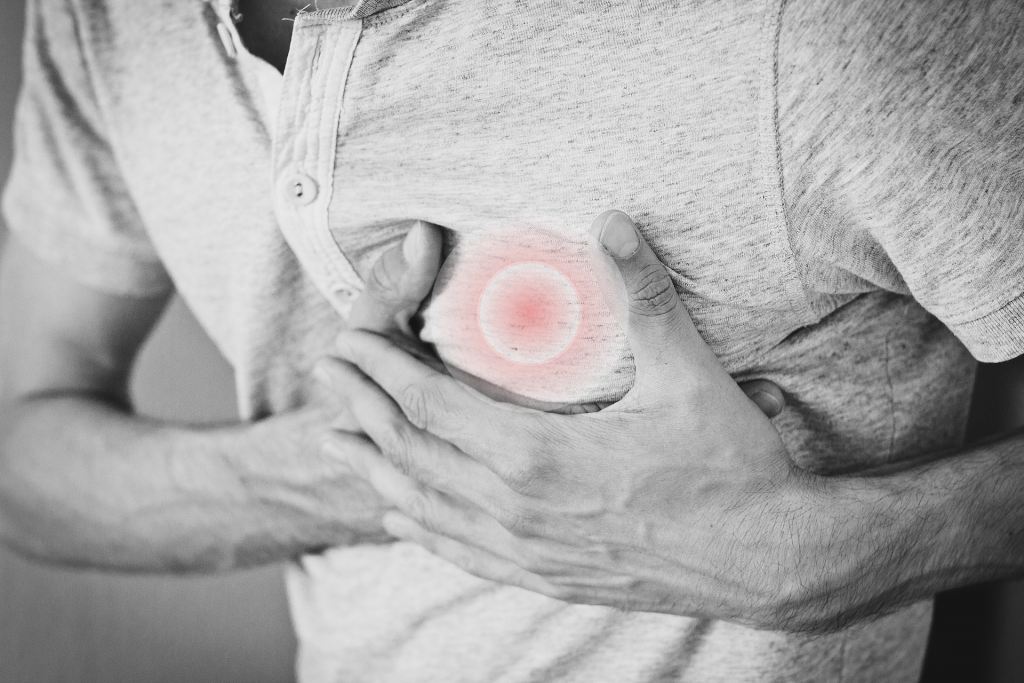Why CPR is More Vital During the COVID-19 Pandemic than Before
Cardiac arrest (CA) in the United States has been a major health issue even before the COVID-19 pandemic arrived. According to the American Heart Association (AHA), 475,000 Americans die annually from a cardiac arrest with more than 350,000 of those arrests occurring outside of the hospital. Unfortunately, the normal challenges of responding to a cardiac arrest have increased significantly due to COVID-19.

New CPR Challenges During the COVID-19 Pandemic
Information from countries where COVID-19 struck earlier indicates how COVID-19 has created new challenges to the delivery of quick and effective CPR. In one COVID-19 study in France, researchers reported a higher rate of CA at home, less bystander CPR and shockable rhythm, longer delays to intervention, and fewer patients surviving CA before hospital admission.
Similar findings were observed in the hard-hit Lombardy region of Italy. In that area out-of-hospital CA was higher, the median arrival time of EMS was longer, and the percentage of victims receiving CPR from bystanders was lower.
Observations like those reported above are being reflected in the US. We now see how some challenges are directly due to the virus while other challenges are due to responder behavior and the healthcare infrastructure.
How COVID-19 May Directly Increase Cardiac Arrest Risk
Physicians at a hospital in New York City reported that what initially appeared to be a typical CA in patients with COVID-19 was more complicated due to the virus. The actual causes are still unclear but COVID-19 “might injure the heart through a range of causes, including a rupturing of plaques in blood vessels, injury due to poor oxygenation, coronary spasm, tiny clots undetected by angiograms or more ‘direct’ injury to vascular tissues.” Observations by others indicate that the involvement of COVID-19 in CA may include
- hypoxia from adult respiratory distress syndrome
- cardiogenic shock from myopericarditis
- vasoplegic shock from associated sepsis
- precipitation of acute coronary syndromes and significant arrhythmias in patients with predisposing risk factors
- increased risk of arrhythmias by proposed therapies for COVID-19 such as hydroxychloroquine and azithromycin
How Behavior and Infrastructure May Indirectly Increase Cardiac Arrest Deaths
Efforts to stem the spread of COVID-19 have included social distancing and isolating at home. These actions have been effective in slowing infection but may also impact the response to a CA event.
Hospitals across the US are reporting fewer ER visits for heart attacks. Lower visits may be due in part to patients’ avoidance or delay out of fear of contracting COVID-19 in the hospital setting. Those who do suffer a CA out of the hospital now face new transport challenges.
Street traffic has been lower due to stay-at-home orders which should decrease the EMS response times. However, EMS in the hardest hit areas was overwhelmed by the sheer number of 911 calls, leading to longer response times. Once arriving on the scene, EMS has also had to approach treatment more cautiously to avoid potential exposure to COVID-19.
Current CDC Guidelines for EMS Response to COVID-19
We need to remain vigilant for signs of CA in our friends, family and selves, including chest discomfort, shortness of breath and weakness. Healthcare professionals can also limit the risks of COVID-19 by observing the Centers for Disease Control and Prevention (CDC) Interim Guidance for EMS. The CDC guidance includes recommendations for personal protective equipment (PPE) and EPA-registered disinfectants.
COVID-19 has created new, significant challenges to the delivery of CPR, but victims of CA can continue to receive the life-saving aid they need. Build your knowledge of COVID-19 today starting with a free course on personal protective equipment (PPE) offered through the Healthcare Learning Alliance.
This article originally posted on HealthcareLearningAlliance.com
